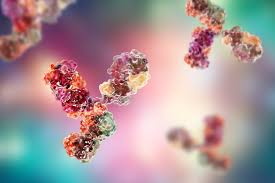T CELLS AND COVID VACCINE
This assignment asked us to critically engage with a recent article published in Science, titled T Cells in COVID-19 Vaccine Protection by Seder and Barouch (2023). The goal was to summarize, in our own words, the current scientific understanding of the role T cells play in vaccine-induced immunity to COVID-19—particularly as neutralizing antibodies fade and variants emerge.
Working on this paper deepened my understanding of how the immune system works beyond just antibody production. Before this assignment, I mostly associated vaccine effectiveness with antibody levels. This article introduced me to the crucial role of T cells—especially memory CD4+ and CD8+ T cells—in fighting off severe disease even when antibody levels decline or when the virus mutates.
One insight that stood out was how T cells recognize different parts of the virus, not just the spike protein. This means they stay effective even against new variants like Omicron, which can partially escape antibodies. That really shifted my perspective on long-term immunity and why people can still be protected from hospitalization even if they get infected.
I also found the distinction between humoral and cellular immunity very valuable. It helped me understand why vaccine protection doesn’t always mean preventing infection—it can also mean limiting how serious the infection becomes. This is especially important for public health messaging, where expectations around vaccines sometimes don’t align with how immunity actually works.
Overall, this assignment strengthened my ability to read scientific literature and translate complex information into a clear summary. More importantly, it taught me that evaluating vaccine efficacy requires looking beyond surface-level data like infection rates and considering how the body’s long-term immune memory protects us from severe illness. It gave me a deeper appreciation for how vaccines are designed and why future improvements must focus on both antibodies and T cell responses.

